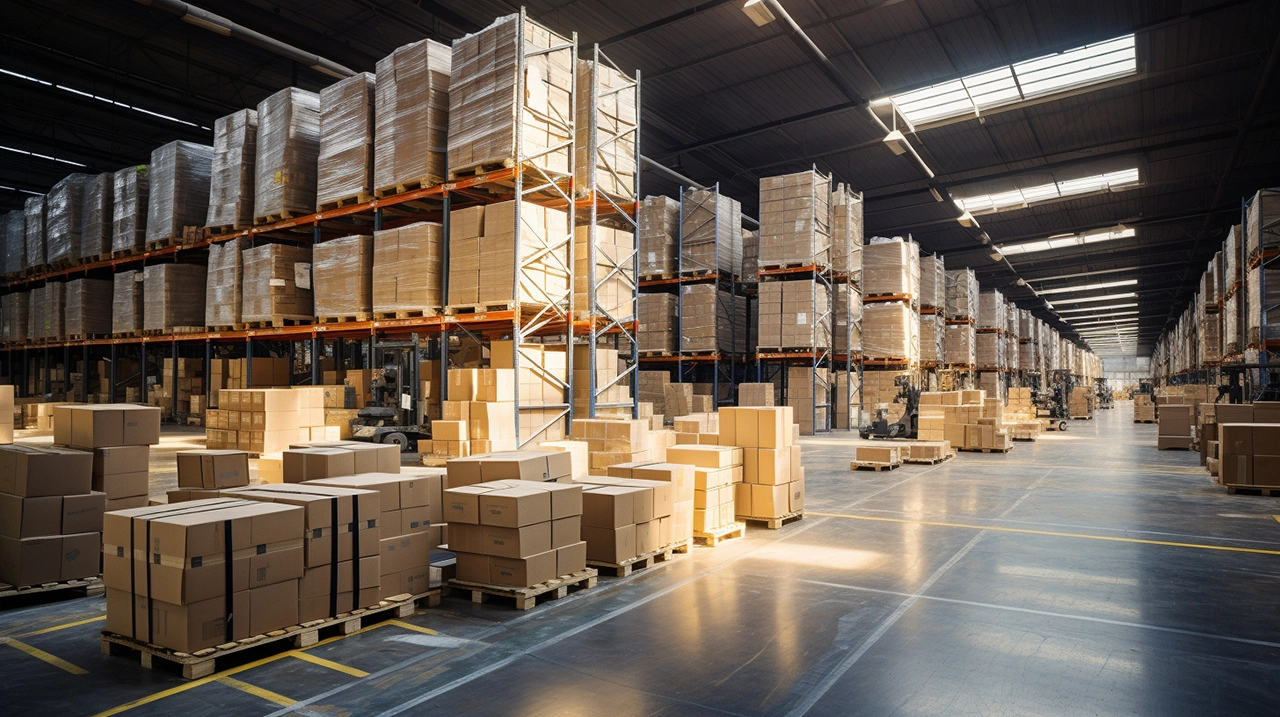
WIRELESS CHARGING IN THE NEWS
In the modern logistics system, the application of robots has become the key to improve efficiency and accuracy. According to the different shape and structure, logistics robots can be divided into five types: latent type, shifting type, fork type, traction type and compound type, each of which shows unique advantages in its specific application scenarios.
Latent logistics robots are usually designed to be flat and able to freely shuttle under shelves or in narrow aisles. This kind of robot is mainly used in high-density storage environments, which can effectively use space and improve the storage capacity of warehouses. The advanced control system of the latent robot can plan the optimal path in real time to ensure the efficient take-and-place of items.
Moving logistics robots focus on the handling and transfer of items, which is commonly seen in the movement of items inside the production line or warehouse. Such robots are usually equipped with adjustable robotic arms or multi-functional grasping devices that can adapt to objects of different sizes and weights. The flexibility and accuracy of load-shifting robots make them perform well in complex environments, effectively reducing the labor intensity and error rate of manual handling.
Forklift logistics robots are designed like forklifts for the loading and unloading of pallets or large items. This kind of robot is widely used in warehouses or logistics centers, and can quickly and accurately complete the stacking and picking and placing of goods. The forklift robot is easy to operate and adaptable, and can work in a variety of environments.
Towed logistics robots are mainly used for long-distance transportation and are commonly found in large warehouses or logistics parks. Such robots are usually equipped with powerful traction systems and intelligent navigation systems, which are able to drive stably on complex paths. The traction robot has strong endurance and can work continuously for a long time, which greatly improves the efficiency of logistics transportation.
The compound logistics robot is a multifunctional robot that integrates many functions. This robot can flexibly adjust its functional modules, such as handling, loading and unloading, navigation, etc., according to the needs of the task. Complex robots perform well in multi-task processing and efficient operation, and can adapt to diversified logistics needs, which is an important direction for the development of logistics automation in the future.
These different forms of logistics robots, through their respective characteristics and advantages, jointly promote the intelligent upgrading of the logistics industry. With the continuous advancement of technology, logistics robots will play an increasingly important role in improving efficiency, reducing costs, and enhancing flexibility, opening a new chapter in the logistics industry.







